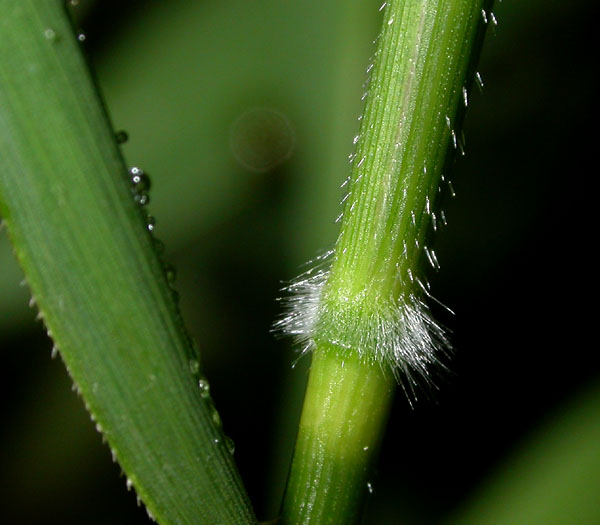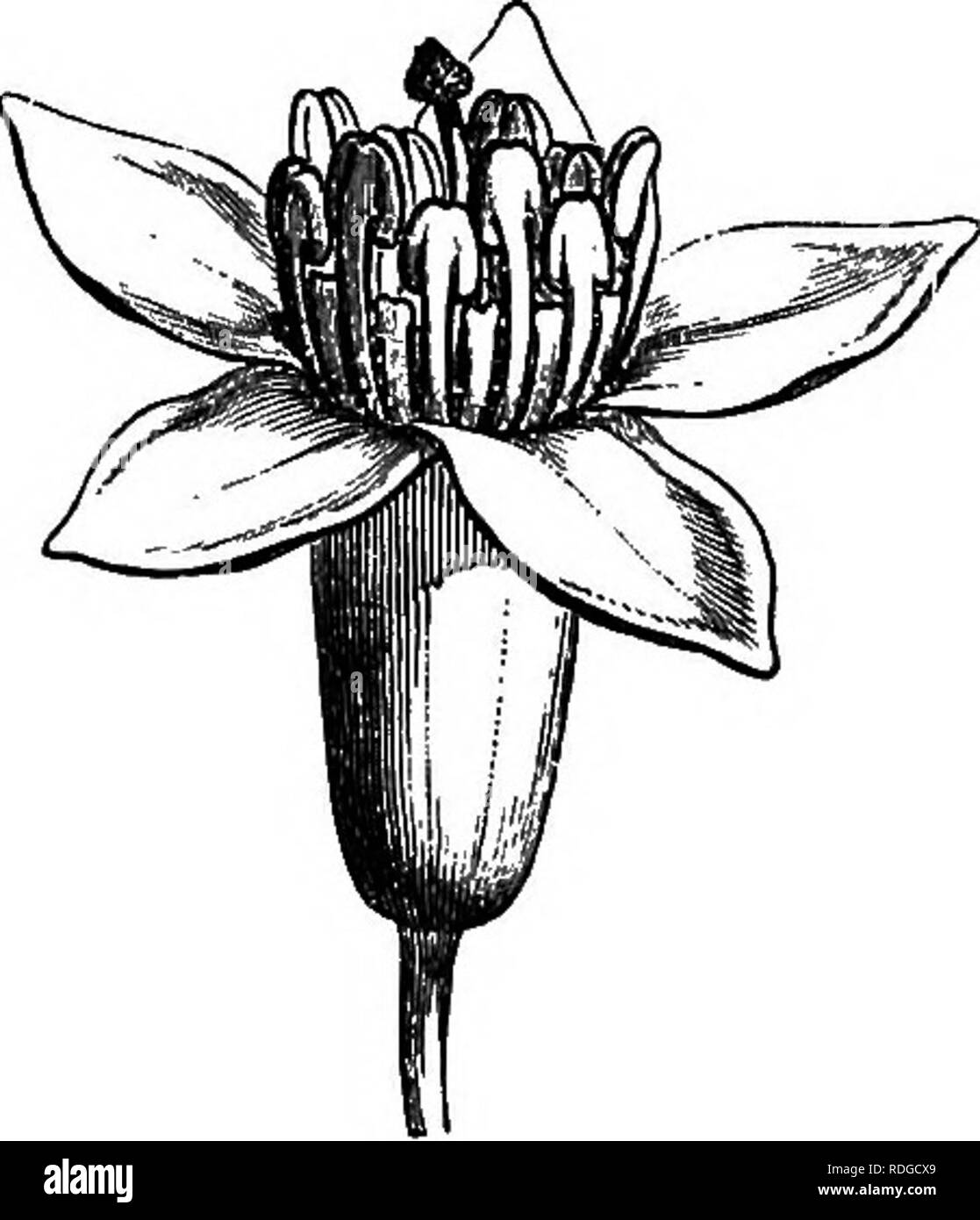Thank you for your interest in brambles and referencing this journal post. Due to the growing effort to further complicate Rubus by adding hundreds of complex species to the iNat database instead of taking the condensed species route like Flora of North America, I have ended my participation in ID'ing Rubus observations. The 3 posts I made will remain online for anyone that cares to reference them.
This post is Part 2 of my series on Rubus species in Texas.
Part 1 - Taxonomy of Dewberries, Blackberries, and Brambles in Texas (Rubus spp)
Part 3 - Rubus spp (of Texas) comparison of features
In June, 2019 I tackled the
Taxonomy of Dewberries, Blackberries, and Brambles in Texas (Rubus spp) in a journal post. If you are questioning why there are only 6 valid species of Rubus in Texas, you'll want to head there first. If you are looking for a quick way to figure out which species is which, you can start here.
Two things to keep in mind before we start...
1)
Approximately 90% of all Rubus species in Texas are Rubus trivialis. All of the others combined make up the remaining 10%.
2) Common names lead people to pick the wrong ID on iNaturalist, and
MANY of the existing observations are identified (and agreed upon) incorrectly because of it. Those darn common names!
This post looks at the three most common species in Texas: R. trivialis, R. pensilvanicus, and R. flagellaris.
For a quick species level ID, you need to photograph or note at least the following:
Habit - Low growing/creeping/trailing vs upright over 3 feet
Stems - With or without bristles
Leaflets - # of leaflets and luster (shiny/not shiny)
For a higher confidence species ID, or to key out your observation at Flora of North America you will also need the following:
Leaflets - Shape of the terminal leaflet, underside of leaflets showing the midveins and surfaces, and pedicels (leaflet stems)
Stipules - (Small leaflike appendages typically in pairs at the base of the leaf stalk.) Shape of the stipules
Flowers - Number of flowers per stem, color of petals
The next thing you will want to be aware of is the difference between bristles and prickles.
Bristles - stiff hairs
Prickles - sharp outgrowth from the stem, similar to a thorn

If your stem has both, it is automatically R. trivialis.
QUICK ID:
Low growing, under 1 foot high
|
Stems with prickles and bristles
|
3 or 5 shiny leaflets, somewhat narrow

|
"Rubus trivialis is distinguished from other species of Rubus by its frequently glandular-bristly and generally creeping stems, abundant recurved prickles, and typically persistent or semipersistent, lustrous primocane leaves with relatively narrow leaflets."
HABIT: Trailing, or erect but low growing; under 1 foot high
STEMS: Armed with prickles and bristles, glabrous (no fine hairs)
PRICKLES: broad-based, recurved (curved backward)
BRISTLES: glandular tipped, absent to sparse to dense
LEAVES: 3-5 leaflets, relatively narrow and lustrous (shiny) on top
FRUIT/FLOWERS: 1-flowered (sometimes up to 3), petals white to pink. (In MY experience, this species fruits first in the season and has larger fruit, but I haven't verified that.)
The full description of R. trivialis can be found at Flora of North America.
QUICK ID:
Grows upright 3-9 feet
|
Stems with only prickles

|
5 rounded leaflets
|
HABIT: Grows upright 3-9 feet
STEMS: Armed with prickles, glabrous or sparsely to densely hairy
PRICKLES: Erect (straight out) or retrorse (pointing backward/down the stem)
BRISTLES: Absent
LEAVES: 5 rounded leaflets, but can be anywhere from 3-7 leaflets, not lustrous (shiny) on top
FRUIT/FLOWERS: 5-12 flowered
QUICK ID:
Low growing, under 1 foot high
|
Stems with only prickles

|
3-5 rounded leaflets, not shiny

|
HABIT: Creeping, or low-arching and then creeping; under 1 foot high
STEMS: Armed with prickles, glabrous (without hairs) or densely hairy
PRICKLES: broad-based, hooked, sparse to dense
BRISTLES: Absent
LEAVES: 3-5 leaflets, not lustrous (shiny) on top, terminal leaflet is usually on a short pedicel (leaflet stem) and lateral leaflets are sessile (without a stem) but this can also be seen in R. trivialis.
FRUIT/FLOWERS: 1–3 flowered, petals white
*Note - R. flagellaris can be extremely polymorphic (variable characters)
CONDENSED FLORA OF NORTH AMERICA KEY TO (TEXAS) RUBUS SPECIES
Added 3/28/2020
I've found the need to refer back to the FNA key a few times, so I'm including the key with only relevant couplets here. You can see the full N. America Rubus key here.
| |
|
|
|
|
1
+ |
Growing up to 1 foot tall (rarely to 2 feet in R. trivialis, but then falling); stems usually creeping, sometimes erect but low growing, or higher only when using other vegetation for support
Growing over 1 foot tall; stems erect or arching | |
2
3 |
|
2
+ |
Stems: bristles absent; leaves deciduous, some occasionally semipersistent, not lustrous; inflorescences 1–3(–8)-flowered; petals white.
Stems: bristles absent or gland-tipped, red to purple, rarely green, slender; leaves persistent or semipersistent, lustrous; inflorescences 1(–3)-flowered; petals white to pink. | |
R. flagellaris
R. trivialis |
|
3
+ |
Leaflet abaxial surfaces usually closely, densely white-hairy or gray-hairy
Leaflet abaxial surfaces usually glabrous or sparsely to densely hairy or puberulent, (not white-hairy or gray-hairy) |
|
4
R. pensylvanicus |
|
4
+ |
Inflorescences thyrsiform, elongate, (projected well beyond subtending leaves), 10–60(–100)-flowered.
Inflorescences cymiform to thyrsiform, compact, (not projected well beyond subtending leaves), 3–15(–25)-flowered. |
|
R. bifrons
R. pascuus |
|
















